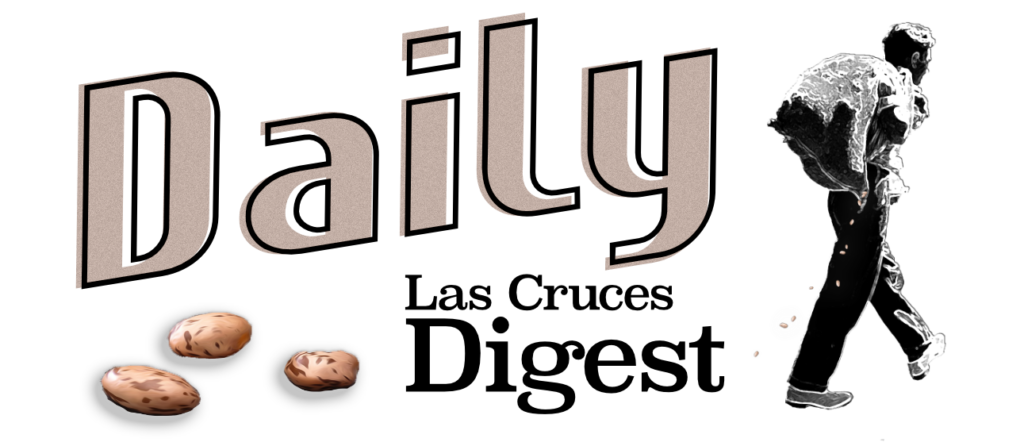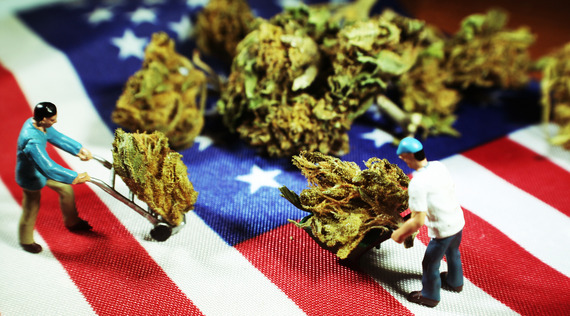“It’s just weed.”
Spend enough time at parties or clubs and you will probably hear this phrase used in instances of peer pressure to use marijuana. But what this reassurance does not convey is that cannabis is four times as potent today as it was just three decades ago.
The amount of Delta-9-tetrahydrocannabinol (commonly known as THC) in marijuana seized by the DEA has spiked from 3.4% in 1993 to 15.34% in 2021.
Source: justthinktwice.gov

Higher THC levels in marijuana are linked to increased problems with memory and learning, distorted perception, difficulty in thinking and problem-solving, and loss of coordination. Higher THC also exacerbates the effects associated with regular use of cannabis, including physical dependence and withdrawal following discontinuation, as well as psychological addiction or dependence.
Even more disturbingly, all too often, people are unaware that marijuana, especially when it contains more THC, is a risk factor for psychosis and schizophrenia, as well as the fact that it stunts brain growth, sometimes includes lead and mercury, and can alter male sperm DNA linked to autism.
Operation Parent, a group dedicated to giving parents, coalitions, schools, and churches the information they need to combat drug use, hosted a February webinar during which psychology and genetics professor Dr. Danielle Dick presented some of these facts and more regarding marijuana.






